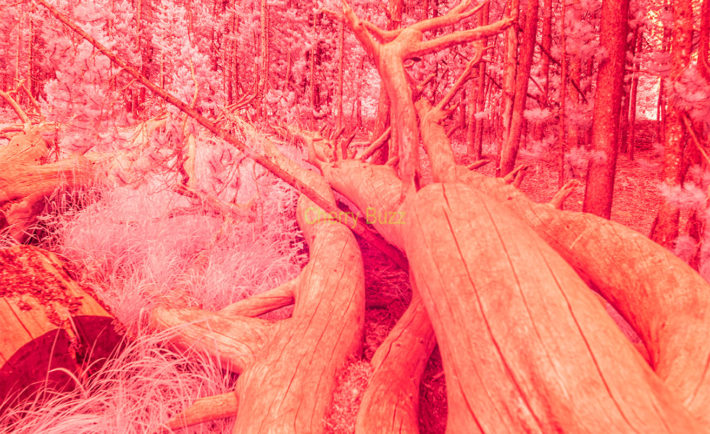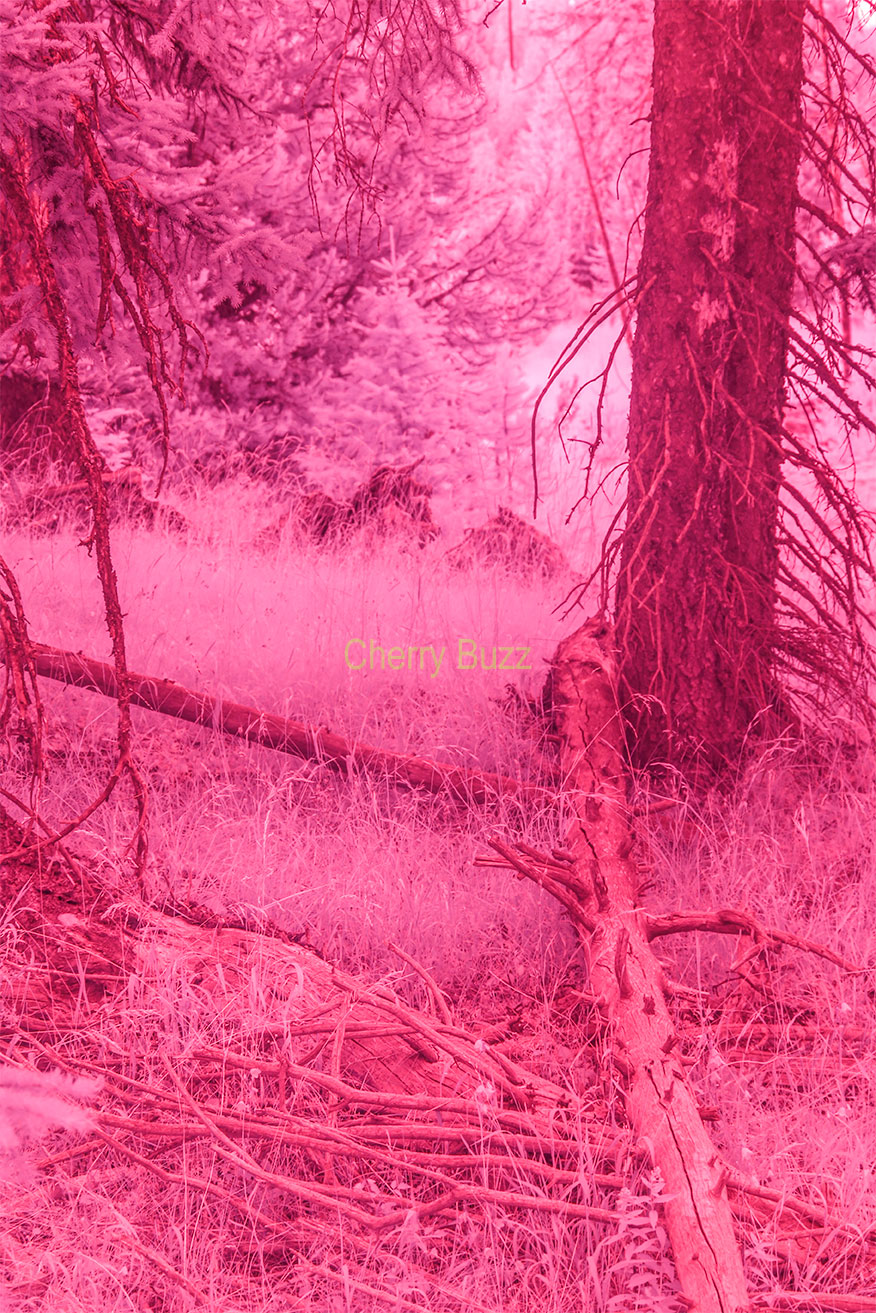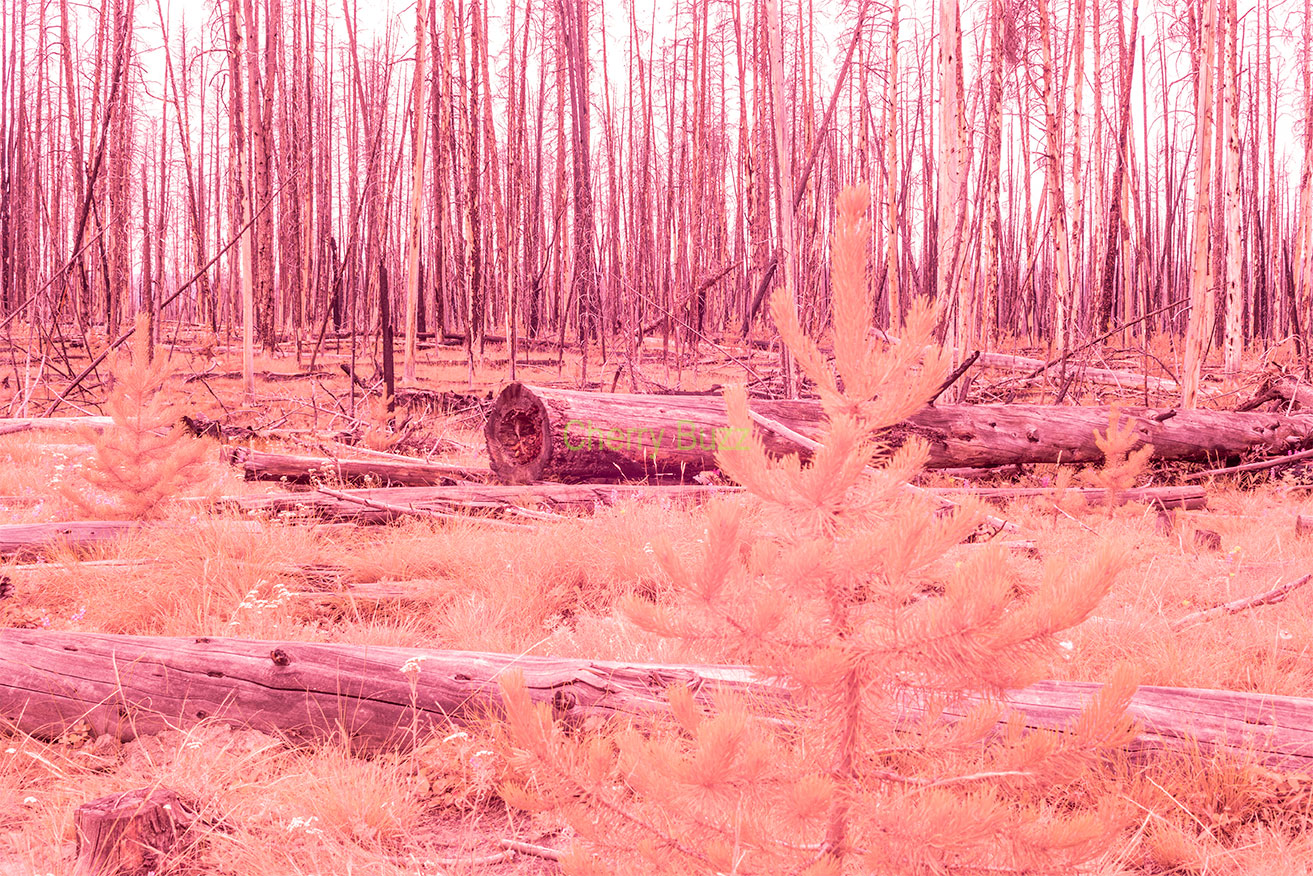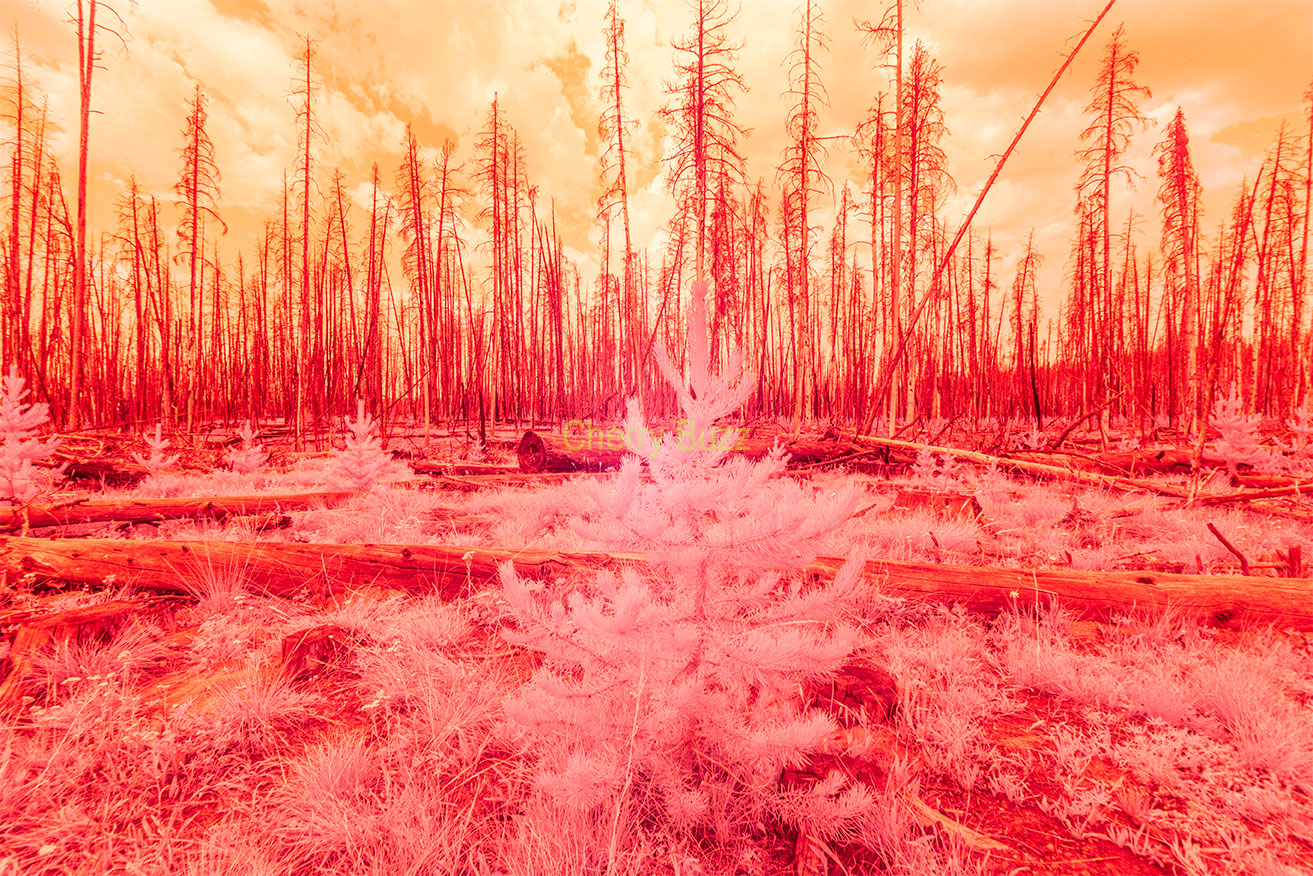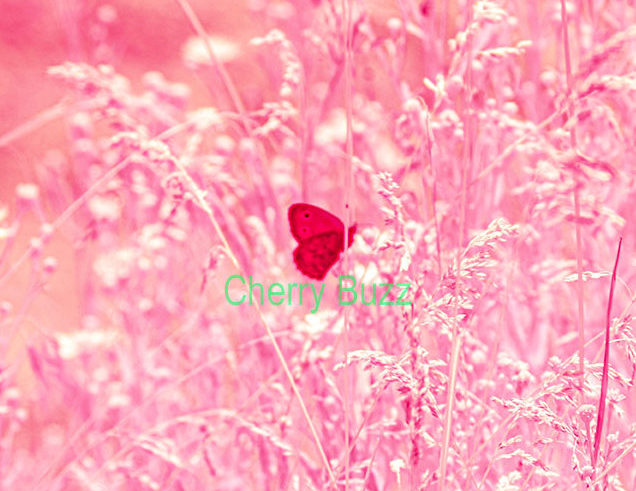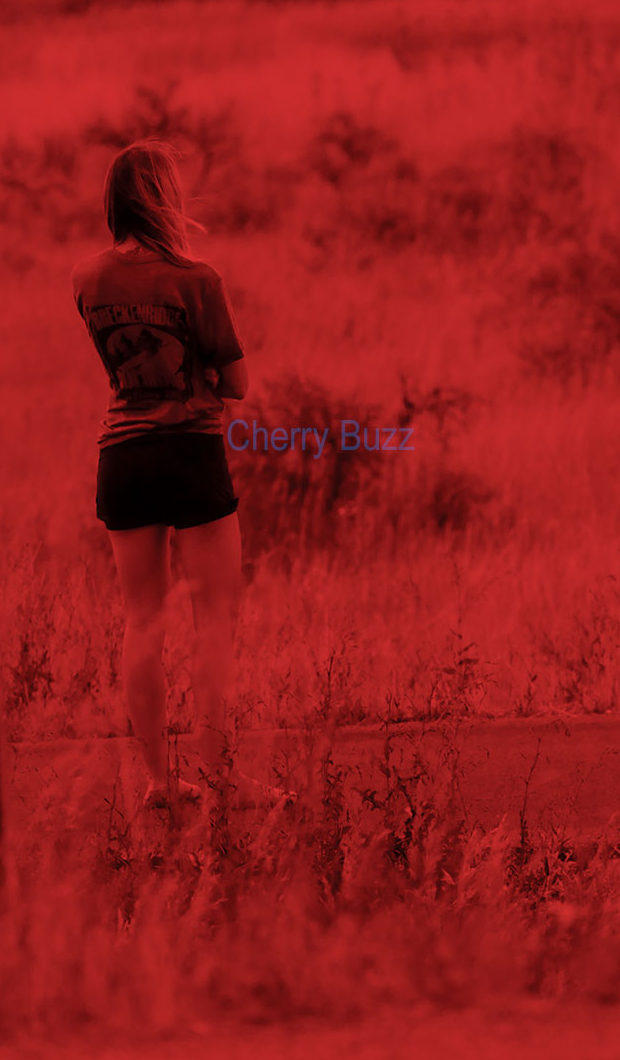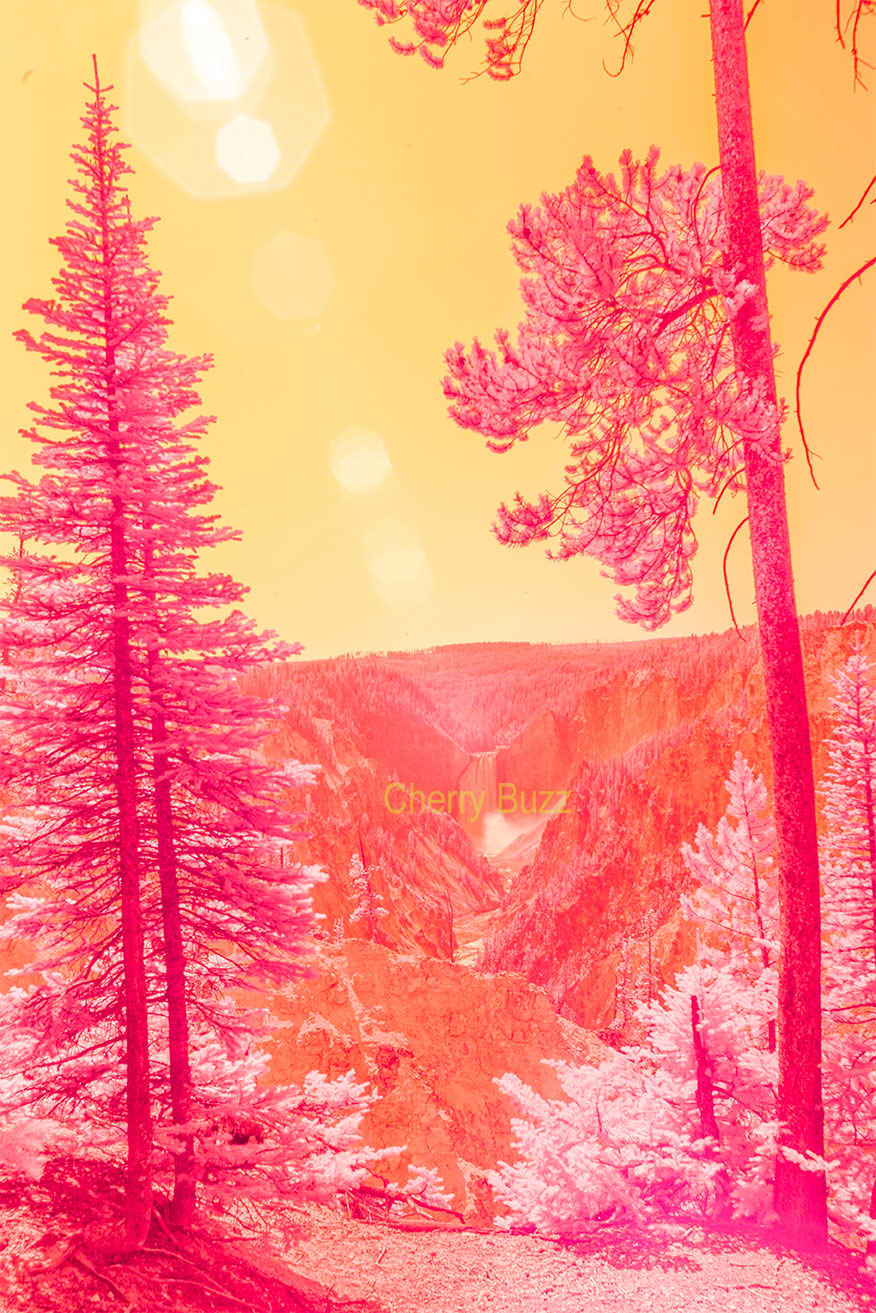To understand these techniques & use them successfully, we need first to understand the light spectrum. The colors the naked human eye normally sees, which range from violet to deep red, form a small part of it; they occupy light wavelengths ranging from around 380 nanometers (nm) to 750 nm. Wavelengths which are shorter become Ultraviolet and those which are longer become Infrared. All the photos that we have taken so far in our capacity as amateur or professional photographers, from when the camera was first invented (1816) up to recent days, have utilized that small part of the light spectrum. From black and white images (1826) the move to color photography (1861) was hailed as a great improvement, which indeed it was. But nowadays, creativity has moved far beyond that and modern technology is opening ever wider doors into realms undreamed of before. When technology weds art, the result becomes utterly fantastic and even unearthly! This is what Infrared (IR) and Ultraviolet (UV) photography is all about. It allows photographers to capture what the naked eye cannot see and what ordinary cameras are not designed to capture. In fact, cameras are normally fitted with filters to screen off those wavelengths.
This brings us to what you need in order to get the results you seek to achieve with Infrared and/or Ultraviolet photography. Short of buying a new camera, one easy & inexpensive solution is to acquire a filter to place in front of the lens of the camera you already have. After experimenting with it and once you are convinced that this is the way forward for you, you can have your camera converted to the technique you desire. It will cost you but will still be less expensive than an outright new camera. The only snag is once converted there is no way back; your camera cannot revert to its old practices.
Infrared photography began in the early years of the 20th century and proved very useful during WWI and later in WWII as well. But it was the introduction of digital cameras in the late 1990s that weighed decisively in favor of these modern techniques. Infrared photos are easily recognizable by their eerie and otherworldly glowing whites and jet-black contrasts or by their strange colors. Because it reveals what the eye normally cannot see and in quite strong contrasts, infrared photography has proved itself extremely useful in forensic investigations. In the film industry, it is responsible for numerous surreal or otherworldly effects. When IR photography is used, almost everything looks extremely different from what it looks like within the visible light spectrum and, in short, this is what constitutes its magic. One good piece of advice, however, is to remember always that living entities, trees, foliage or a butterfly, reflect a greater amount of infrared light than inanimate objects such as concrete walls or mountains.
Ultraviolet photography uses light from the Ultraviolet (UV) spectrum only. “There are two ways to use UV radiation to take photographs – reflected ultraviolet and ultraviolet induced fluorescence photography.” The first is most useful in medicine, especially dermatology, in botany and in forensic investigation etc. The sun is the source here, a natural source which is readily available, except on cloudy or rainy days. But UV induced fluorescence photography must take place in a darkened room. In this case, it is not enough to use a filter, as in infrared photography. The camera must be modified, and UV capable lenses must be fitted.
Ultraviolet photography gives fascinating results especially with flowers and insects. It reveals in flowers, for instance, patterns hidden from the human eye but seen only by insects who are being attracted as pollinators. This is like opening new doors of perception, allowing us, humans, to experience the world around us in ways never explored before. It allows us literally to have a bird’s or an insect’s eye view of the world around us.
Using this technique, some photographers have certainly produced photos that are stunningly beautiful thereby transforming ordinary blooms into things out of this world. One such photographer is Craig Burrows who lives and practices in Southern California. According to Craig, flowers, plants and leaves are all naturally fluorescing when exposed to sunlight, but the naked eye cannot see that because of the intensity of the reflected visible light. In other words, ultraviolet photography is giving us a truer view of the flowers than our eyes can give us. Truth, trick or art, whichever way you look upon it, the results are breathtakingly beautiful even without any photo processing as switching color channels.
For more information, please see the following links:
https://www.amateurphotographer.co.uk/technique/camera_skills
article by Alex Morrison at https://digital-photography-school.com/how-to-do-surreal-digital
Using Ultraviolet Light to Make Nature Fluorescence in Photos by Don Komarechka in https://petapixel.com/2017/09/21/using-ultraviolet-light
article by Dunja Djudjic at https://www.diyphotography.net/photographer-takes-photos-flowers
wikipedia
